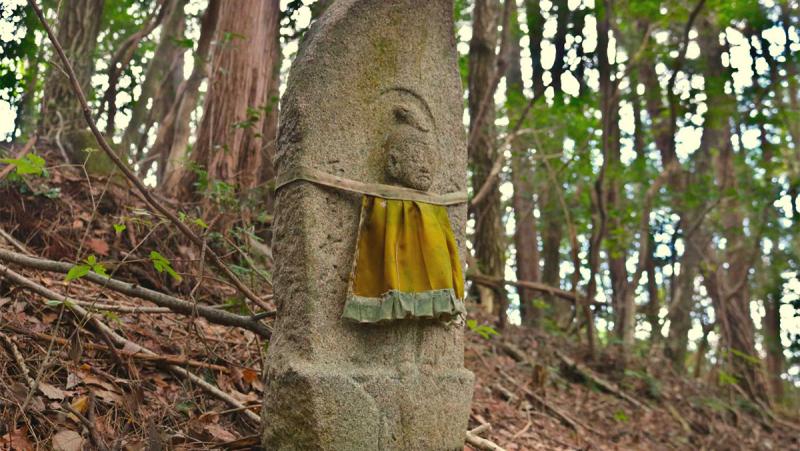Tour operator Oku Japan has unveiled the newest addition to its line-up: a four-day Nakasendō Minoji self-guided walking tour.
Starting on the Mino Road, or Minoji, which is located further west than Oku’s classic Nakasendō Trail-based tours, in what was formerly known as Mino Province (present-day Gifu Prefecture), guests can enjoy hikes of two to seven hours in durationspread across four days, traversing some of the trail’s more remote post towns, namely Ōkute and Ōi in the mountains, and then on to Magome, perched on a steep slope, followed by Tsumago. The journey will conclude in Narai, one of the most prosperous towns in its time, located in the Kiso Valley.
“Our goal with this new self-guided itinerary is to highlight a part of the Nakasendō that is far less traveled, less well-known, which we enrich further with cultural immersion through our fureai initiative,” said Hiroshi Kawaguchi, Oku Japan’s general manager. “However, the Kiso Road is synonymous with the Nakasendō itself, so we wanted to ensure we included parts of the classic route too—offering the best of both worlds.”
Mino has a history of pottery-making that dates back 1,300 years, and ceramics from this region (mino ware) account for around 50 percent of all Japanese pottery produced today. Though far more remote than the post towns located in the Kiso Valley, the towns in the mountains here were extremely prosperous during the Edo period, and so important strategically that the shōgun made sure that they were well-defended.

Highlights of the area include a visit to Oni-iwa Park, known for its massive granite boulders that line the river, and the Biwa-tōge Pass, which contains one of Japan’s longest ishidatami stone-paved paths and many historical landmarks.
After traversing the Jūsan-tōge Pass between Ōkute and Ōi, which is a series of climbs and descents along the ridge that carried both the old Nakasendō highway and the 8th-century Tosando before that, travelers enter Ōi via its impressive masugata structures, designed to slow down direct entry and thus protect the town from would-be invaders. The itinerary also includees various fureai points where guests can meet and learn from local business owners, residents and other community members. “The fureai experiences are meant to bring our guests together with members of the community to create small, meaningful interactions, for our guests and the local residents and business owners alike,” concludes Kawaguchi.
This itinerary is considered an “active” level tour, and accommodations include onsen ryokans (hot spring inns) and minshukus (family-run guesthouses).
For more information, visit www.okujapan.com.
Related Stories
How to See Cherry Blossoms in Japan This Year
Avanti Adds Two New Regions, FIT Vacations in Japan
Japanese City Introduces Visitor Tax to Sustain Community
Inside Travel Group Unveils New Itineraries Across Asia For 2024